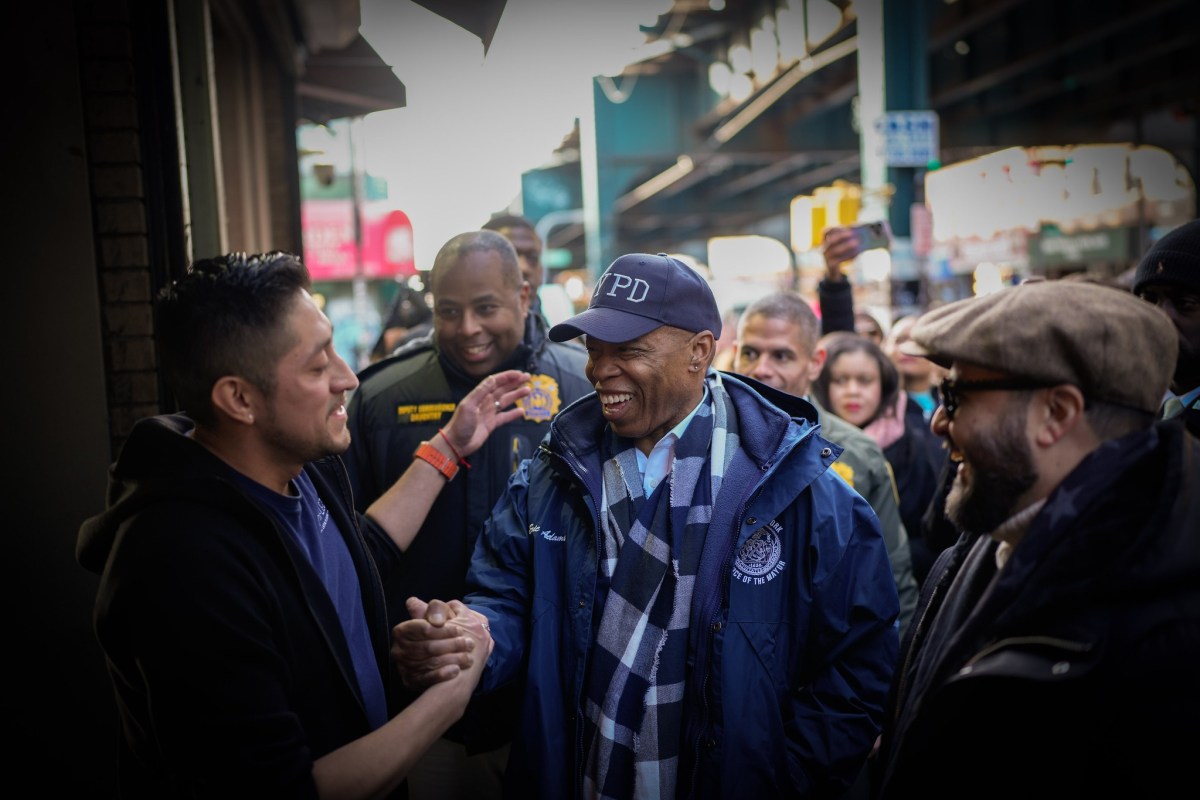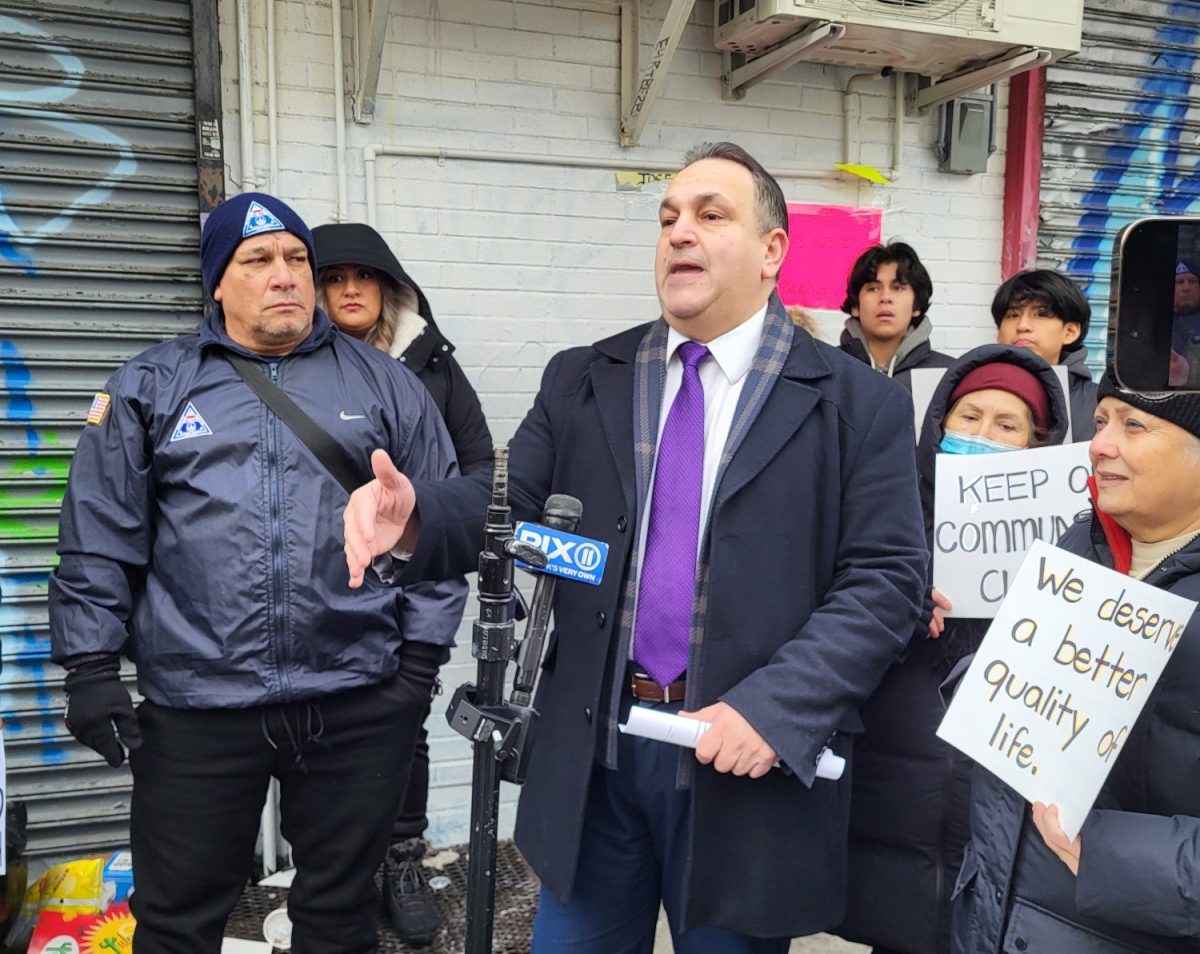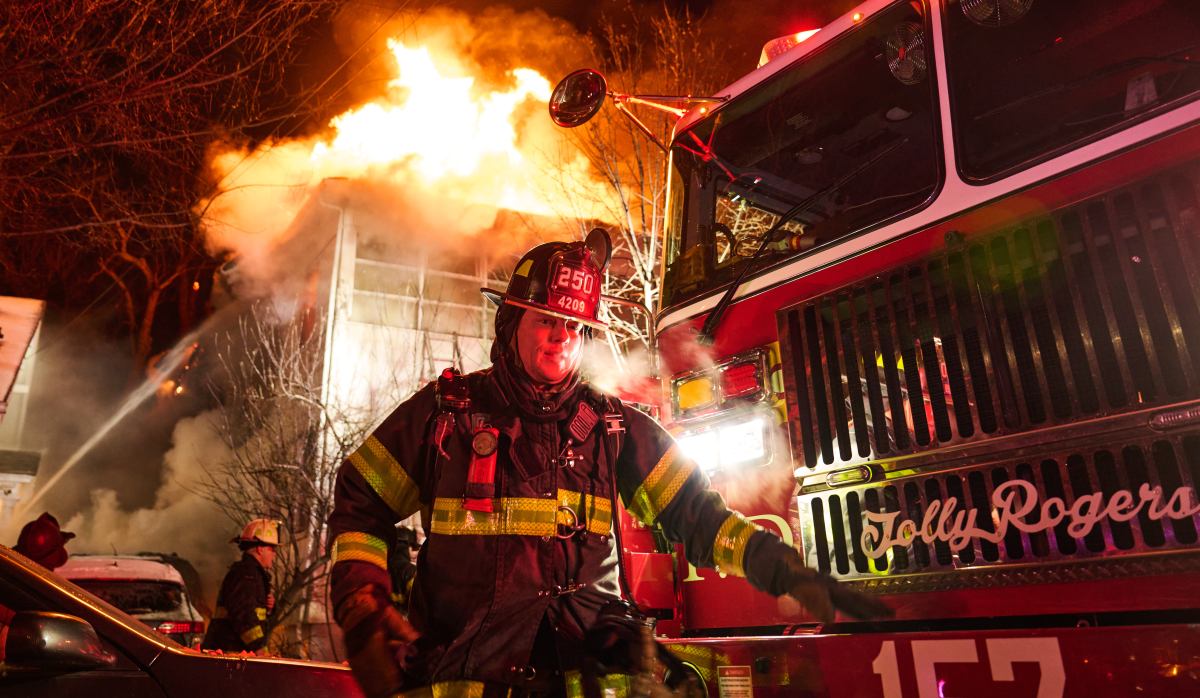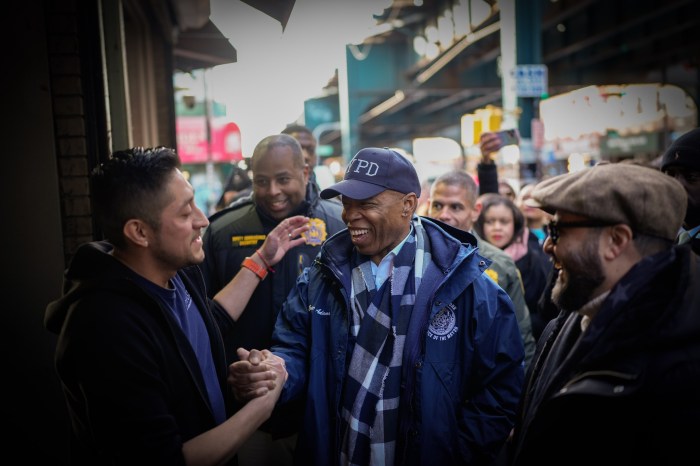
What’s with Chief of Detectives Dermot Shea and Deputy Commissioner for Public Information Phil Walzak? They don’t seem to be communicating.
Take the drug-overdose death of Lyric McHenry, the pregnant daughter of movie producer Doug McHenry, whose body was found in the Bronx on Aug. 14. Although detectives arrested a man on Oct. 15 and charged him with the illegal dumping of her body so people would not know where she overdosed, they never notified the NYPD’s Public Information Office.
Instead, the New York Post broke the story of the arrest 15 days later; the NYPD did not announce the arrest.
After Susan Trott, 70, an advertising executive, was found murdered in her apartment on Oct. 21, reporters repeatedly asked for updates. They were continually told the case was “under investigation.”
Citing these and other cases, reporters at Police Plaza met with Walzak on Oct. 31 to complain that the Detective Bureau is not providing timely information on investigations and arrests. Moments after the reporters returned to their offices, they saw a tweet from Shea annoucing an arrest in Trott’s killing. DCPI was not told of the arrest.
Tina Moore of the New York Post responded to Shea’s tweet with her own tweet, “Nice end run.” This ill-conceived end-run matters because when the NYPD provides little or no official information, media outlets, relying on their sources, often get it wrong.
Police insiders offer no definitive answer to the disconnect. Both Walzak, who was Mayor Bill de Blasio’s press secretary, and Shea, who performed masterfully as chief of crime strategies, have been in their current positions for seven months. Maybe this is part of their learning curve.
Walzak declined to speak about the situation. Shea did not return a phone call.
But what’s the problem? Some say Shea has an inner distrust of the media, as do his two subordinates But that’s personalities. More common speculation has to do with the NYPD’s internal dynamics and its institutional distrust of outsiders, including City Hall. Some top brass view Walzak as representing a mayor many of them hold in low regard.
Yet former DCPIs who came from City Hall have managed quite well in the NYPD as it’s clear they have the backing of the department. It’s unclear whether Walzak feels he has such backing as he lacks long-term relationships within the NYPD. On the other hand, Shea is close to Commissioner James O’Neill.
































